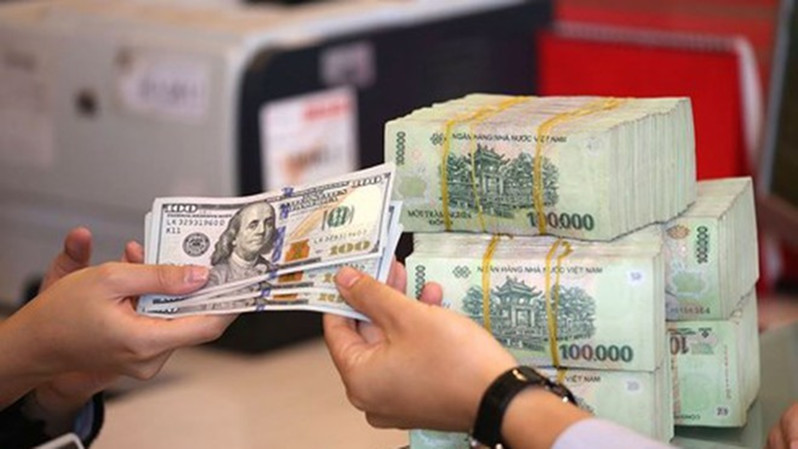The US dollar’s peak may be behind us
US CPI data proved to be the second month in a row that inflation came through lower than market expectations – and low relative to the data we’ve seen over the past year or more. This data does make us more confident that the US dollar’s peak is now behind us.

The US dollar would recapture some of the losses seen over the past month
>> The US dollar may see further weakness
Up until now we’ve assumed that the US dollar would recapture some of the losses seen over the past month, or so, forcing euro/dollar back down to parity, for instance or sterling to 1.15. We had not been predicting new highs for the dollar but, in terms of predicting the start of a longer-term dollar decline, we had thought that we might have to wait a couple of months yet.
But now it looks as if this decline has started and, while it won’t be in a straight line, we think it is likely to continue through 2023. Of course, it is very possible, perhaps even likely, that we will get bad news on US inflation along the way that could revive concerns about higher Fed rates and lift the dollar as a result.
However, we think an important psychological change has probably occurred in the market. By that we mean that traders and investors are more likely to see surprisingly high US CPI prints as the outliers now, not the low prints. The market in inflation swaps suggests that traders were already a good deal more optimistic than analysts about the extent of the likely fall in inflation over the coming year and this latest CPI print has presumably emboldened these expectations.
In sum, it would be wrong to say that inflation is defeated, or dead, but as a factor that can really push the dollar back up again to new highs, we think its days are over. This being said, we don’t doubt that these potential dollar-boosting properties could be passed on to another indicator, such as wages. And we also have to bear in mind that new shocks could happen, in energy prices for instance, that could re-ignite inflation fears. But in spite of these caveats, we think that inflation fears are broadly over for the market and that’s good news for asset prices and bad news for the dollar.
This point about asset prices is an important one as we’ve long argued that the key to the start of a weaker dollar cycle is a rebound in stock and bond prices, not a turn in the Fed policy cycle, although we clearly acknowledge the role the latter can play in the former.
We don’t think that we have to wait until the Fed has definitely come to the end of the cycle before the dollar can fall, and we certainly don’t believe that we have to wait for the Fed to start cutting rates.
>> What hinders the FED from raising rates?
In general, the asset price cycle and the dollar cycle runs ahead of the monetary policy cycle, which is exactly what you would expect given that asset prices and the dollar run off future expectations for policy, among other things, and not contemporaneously with rates or QE. But while these thoughts may suggest that a dollar downtrend is already in play, and won’t reverse to any meaningful extent, the same considerations may suggest that this downtrend won’t be particularly aggressive.

USD index is in downtrend
If we think back to past periods of turmoil and recession, like the global financial crisis or Covid, we’ve usually seen the dollar rise sharply as financial tensions (and dollar shortage issues) reach a peak but then, as monetary policy is eased aggressively and asset prices rally back, the dollar starts to fall – and often quite swiftly. The key here is that aggressive easing ignites asset price recovery and the dollar falls in tandem.
But right now, with inflation high, even if it is moderating, the Fed and other central banks are not in a position to slash rates and undertake QE. There’s no rocket fuel under asset prices and this, in turn suggests that there’s not going to be any rocket fuel under the likes of the euro and the pound against the dollar. Hence, only modest rallies for these currencies are expected over the coming year, pushing the euro towards 1.15, sterling to 1.35 and dollar/yen to 125.








